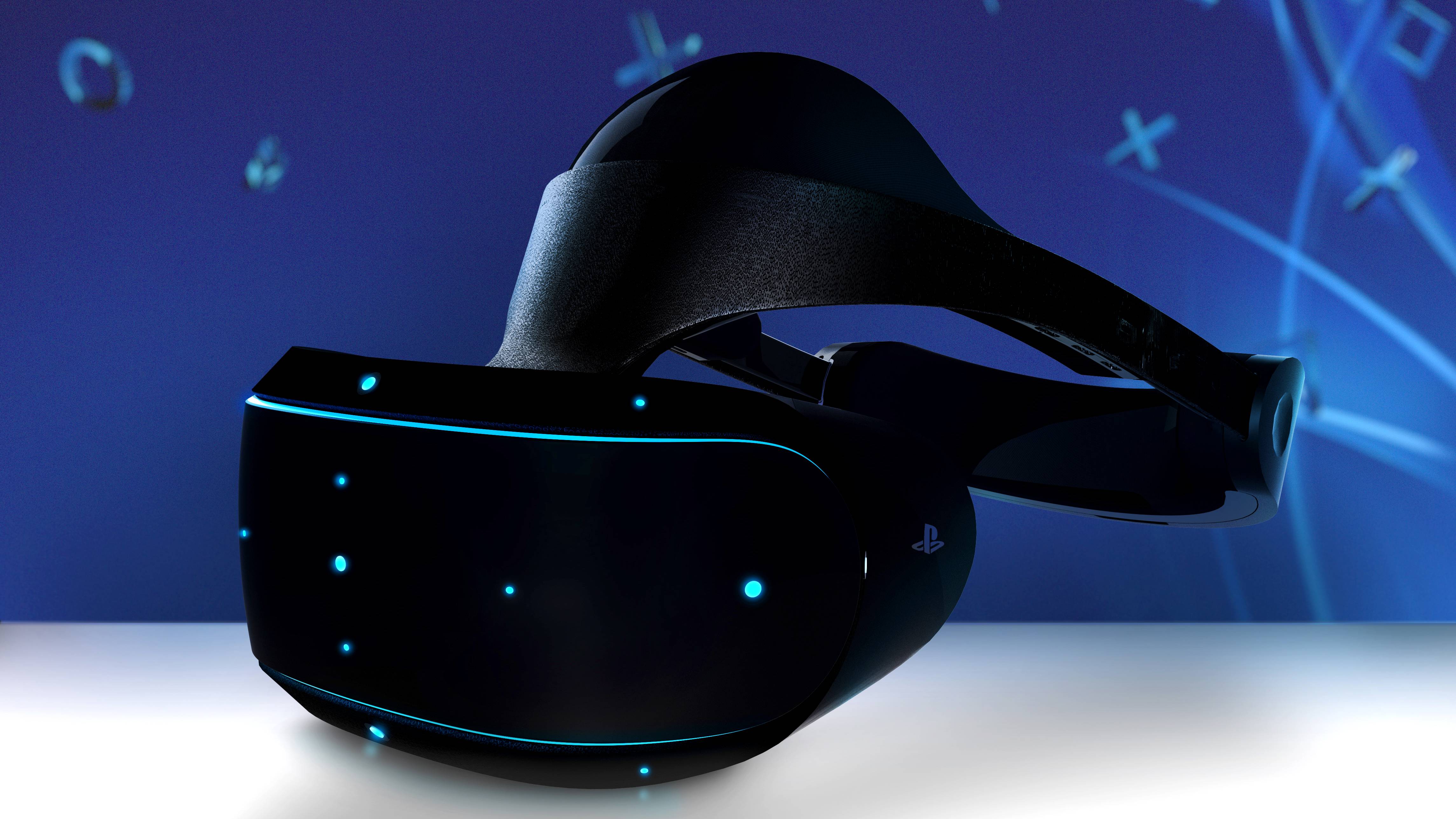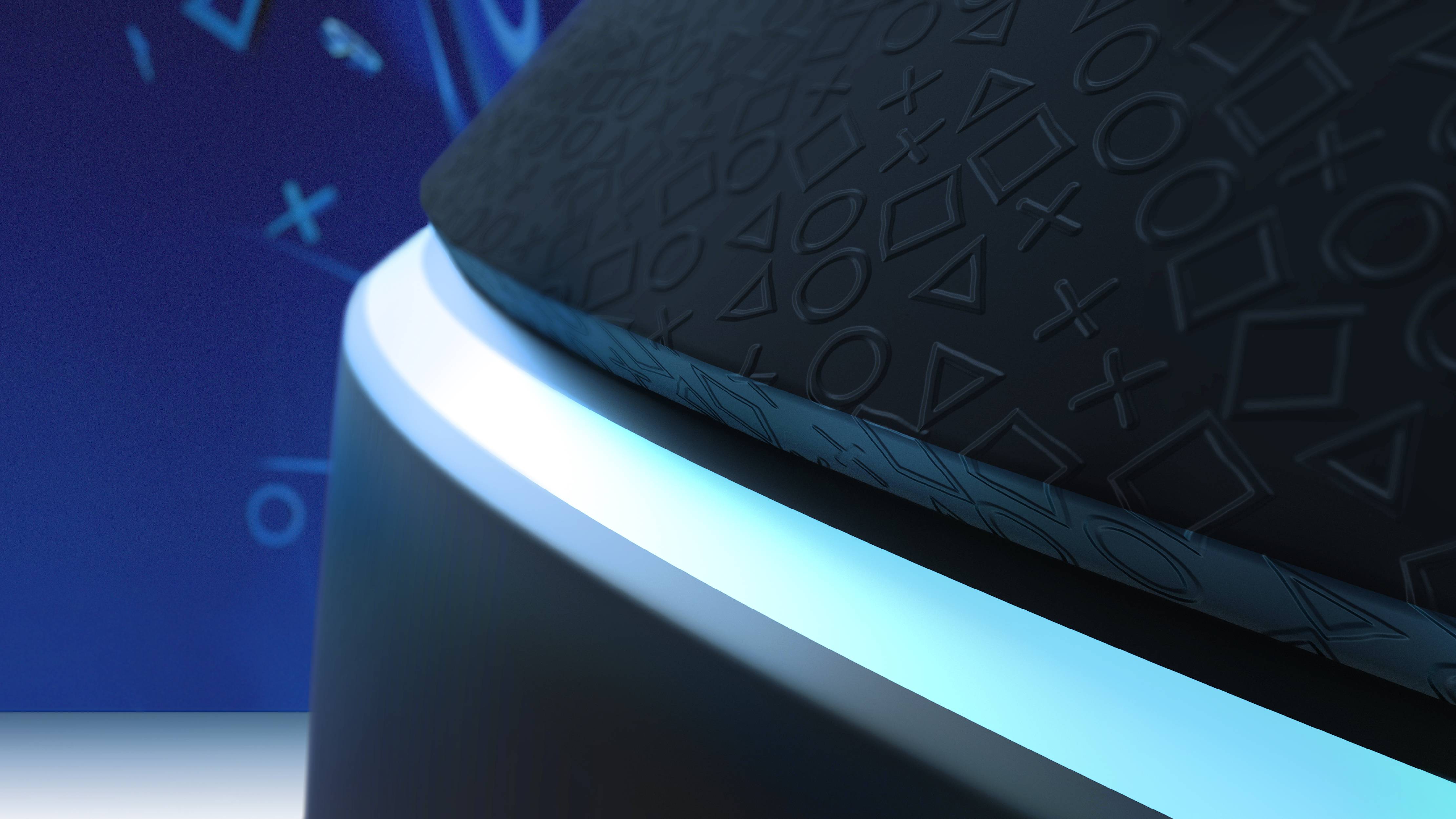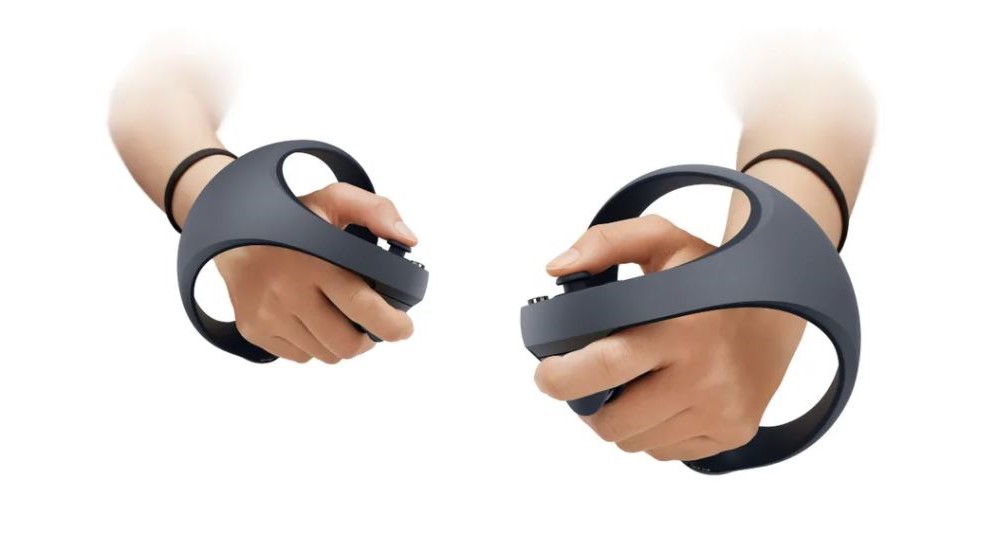Please PSVR 2, don’t shake my head
PSVR 2 specs are official – and one feature will shake you to your core

Sony’s next-generation virtual reality headset, the PlayStation VR 2, has had the covers lifted off its official spec sheet during the CES 2022 tech show. And while the majority of its feature list sounds incredibly exciting, one new addition could be turning heads for all the wrong reasons – quite literally, in fact.
While Sony has still yet to reveal what the headset itself will look like, it did offer a glimpse at what’s going on inside. PSVR 2 will offer an OLED display featuring 4K HDR visuals with a 110-degree field of view, capable of running at either 90Hz or 120Hz as games and software demand. Inside-out motion tracking of a player will remove the need for an external, separate camera system during setup and when playing, and a single USB-C connection will connect the headset to the console. Built-in eye-tracking and foveated rendering will also combine to make sure whatever you’re looking at is shown in the sharpest possible detail at all times without wasting precious system resources. Sony also gave a name to its Oculus-like motion controllers, calling them Sense controllers.

But perhaps the most intriguing addition to PlayStation VR 2 is its ‘new sensory features’.
“Headset feedback is a new sensory feature that amplifies the sensations of in-game actions from the player,” reads Sony’s introduction to the new features.
“It’s created by a single built-in motor with vibrations that add an intelligent tactile element, bringing players closer to the gameplay experience. For example, gamers can feel a character’s elevated pulse during tense moments, the rush of objects passing close to the character’s head, or the thrust of a vehicle as the character speeds forward. Additionally, PS5’s Tempest 3D AudioTech makes sounds in the player’s surroundings come alive, adding to this new level of immersion.”
On the surface, this sounds great. Why wouldn’t we want to feel more immersed in the action when playing PSVR 2 games?
Shaken, not stirred
However, anyone that’s used virtual reality headsets previously will likely be raising eyebrows at the feature. Unlike ‘traditional’ on-your-TV gaming, virtual reality takes some getting used to. It’s a bit of a learning curve for your body, as the fact that what your eyes are seeing doesn’t necessarily match up with what your body is feeling can lead to motion sickness and nausea.
Get daily insight, inspiration and deals in your inbox
Sign up for breaking news, reviews, opinion, top tech deals, and more.
Visual fidelity and tracking improvements, especially around latency, have helped to alleviate the discomfort when playing with VR devices, but it hasn’t eliminated it entirely, as human physiology is so unique to the individual.
But one thing that certainly isn’t going to help is vibrating a player’s head. Certainly, when we’re engaged in strenuous activities in the real world, whether we’re on a roller coaster or in an actual war zone, we’re exposed to rumbles and vibrations. Our sensory involvement in the real world helps to ground us in it, making it easier for us to make decisions on how to interact with the world around us based on the signals our body is sending us.
But our brains are smart, and not easily fooled. You can tell the brain it’s on a spaceship by playing a space-bound VR video – but if the sense of high-speed movement isn’t being felt by the other senses of your body, your brain will reject the scene, believe something is wrong, and trigger the sickness feelings.
You would assume, then, that an extra-sensory element to VR, like vibrational feedback, could help the situation, and further the brain's belief that it’s truly living what it is seeing with the eyes. But unless the vibrations are perfectly synced to the scene in a way the brain expects, it could result in another element that will confuse the senses, and make those feelings of sickness intensify. Just the thought alone of vibrating your head sounds uncomfortable, without the sometimes-claustrophobic nature of being inside a VR headset multiplying it. You’d assume the feature will be optional and toggle-able, but by making it a leading point of Sony’s reveal, you’d imagine it’s going to be an integral part of the headset’s future.

Haptic tactics
Credit where credit is due, Sony has made great strides in haptic feedback features during this console generation with the PlayStation 5’s DualSense controllers. Often subtle, but never poorly implemented, the controllers give a great sense of added tactile interaction with a game world. While a slight tickle of the palms will never truly emulate the wetness of an in-game rainstorm, it does help to ground the senses in a digital place. Similarly, the company’s Tempest 3D audio tech is perfectly suited to giving a sonic sense of place in VR. The Sense VR controllers will certainly benefit from the delicate degrees of touch feedback that will help immerse a player looking to physically interact with a digital world. But can a similar degree of nuance be achieved when trying to translate that feature into an interaction with your head? We’re not so sure.
VR is at a tipping point. Millions of Oculus Quest 2 headsets have now shipped, Facebook / Meta is pushing its metaverse, and there are millions of existing PSVR owners waiting to see what the next evolution in the format will be. But VR experiences need to be accommodating and welcoming to first time users if not to turn them away from the outset – and any vibrating headset will need to buzz carefully to ensure players are comfortable long term.
For the time being, we’re waiting to be convinced. Sony better have a great implementation, or run the risk of adding an additional nauseating factor into the mix. Rumble my hands all you want, but not my brain, Sony. Please.
Gerald is Editor-in-Chief of iMore.com. Previously he was the Executive Editor for TechRadar, taking care of the site's home cinema, gaming, smart home, entertainment and audio output. He loves gaming, but don't expect him to play with you unless your console is hooked up to a 4K HDR screen and a 7.1 surround system. Before TechRadar, Gerald was Editor of Gizmodo UK. He is also the author of 'Get Technology: Upgrade Your Future', published by Aurum Press.
